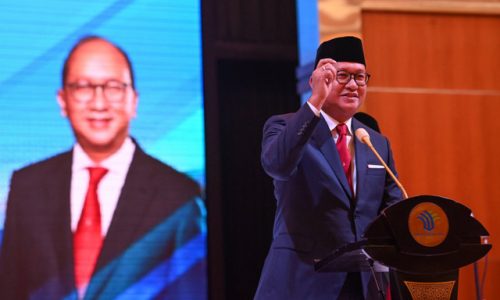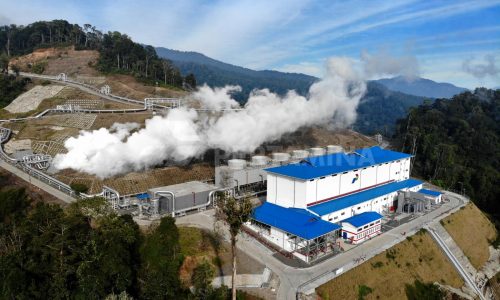State-owned electricity company (PLN) and Danish Energy Agency (DEA) signed a Memorandum of Understanding (MoU) of Joint Study in wind power development in Indonesia by providing advisory support and capacity-building opportunities for PLN employees. The MoU was signed in Indonesia on September 27, 2022.
Through this MoU, DEA and PLN will conduct a study on the development of wind power plants in Sumatra and East Nusa Tenggara as well as other potential areas in Indonesia. PLN President Director Darmawan Prasodjo explained that DEA would assist PLN in its global emission reduction program through steps to accelerate the energy mix that was sustainable and reliable.
“DEA and PLN will try to develop cutting-edge technology that is also applicable in Indonesia, especially in the development of wind power plants (PLTB). DEA will also share its experience in commercializing PLTB and also mapping the potential of PLTB in Indonesia,” he said.
Indonesia–Denmark long energy relationship
Energy is a long-standing collaboration between Indonesia and Denmark. The collaboration takes the form of long-term energy modeling and planning, renewable energy integration and energy efficiency. The two nations shared information and technical assistance with DEA, which serves as the Ministry of Energy and Mineral Resources’ equivalent, as well as PLN. The goal of the government-to-government collaboration is to create an environment in which private investment in clean energy solutions and energy efficiency is practicable. Denmark also has a five-year energy agreement with Indonesia under the Indonesia-Denmark Energy Partnership Programme (INDODEPP), which runs from 2020 to 2025. The collaboration is directed by the primary goal of meeting Indonesia’s energy target of 23% renewable energy participation in the energy sector by 2025.
“Denmark is one of the countries that uses a lot of its natural resources for electricity. Starting from the wind, ocean currents and even water,” said Prasodjo.
High wind energy potential
Based on a release from the Ministry of Energy and Mineral Resources in 2018, several regions in Indonesia have the potential to produce electrical energy from the wind of more than 100 megawatts (MW).
For example, the Sidrap and Jeneponto areas in South Sulawesi have the potential to generate wind energy of more than 200 MW. Currently, Sidrap has a capacity of 75 MW while Jeneponto has a capacity of 72 MW. Other areas also have large potential sources of wind energy. Based on the analysis of wind energy potential and mapping of wind energy potential, areas with considerable potential include West Java’s Sukabumi (170 MW), Garut (150 MW), Lebak and Pandeglang (150 MW each), and West Nusa Tenggara’s Lombok (100 MW). Other areas which have wind energy potential below 100 MW include Gunung Kidul (10 MW), Bantul (50 MW), East Belitung (10 MW), Tanah Laut (90 MW), Selayar (5 MW), Buton ( 15 MW), Kupang (20 MW), South Middle East (20 MW), and East Sumba (3 MW) in East Nusa Tenggara Ambon (15 MW) Kei Kecil (5 MW) and Saumlaki (5 MW) in Ambon.
Prasodjo ensured that PLN would continue to strive to improve the energy mix in Indonesia. This effort to accelerate the energy mix is a step towards achieving the Net Zero Emission target in 2060.









